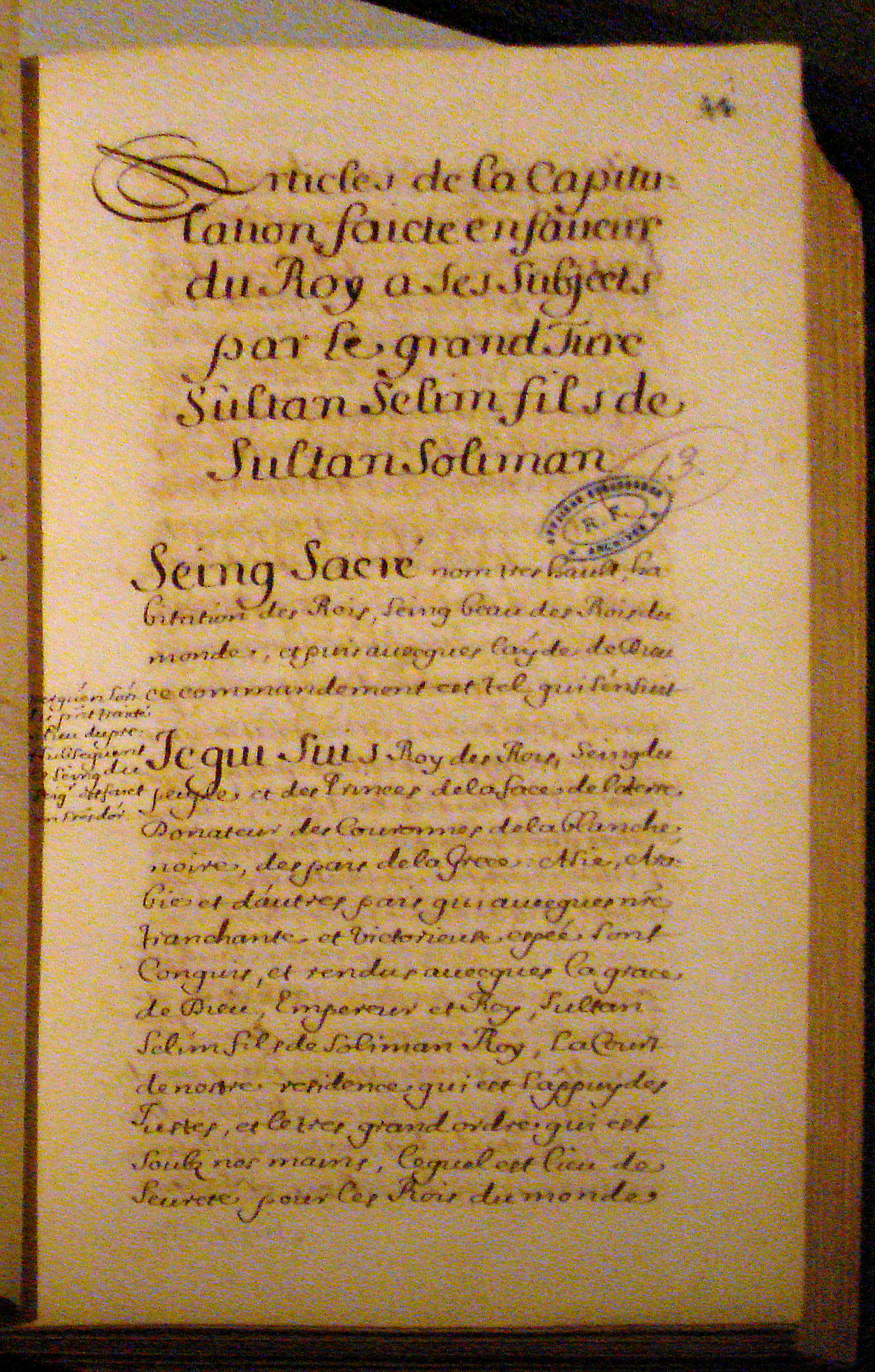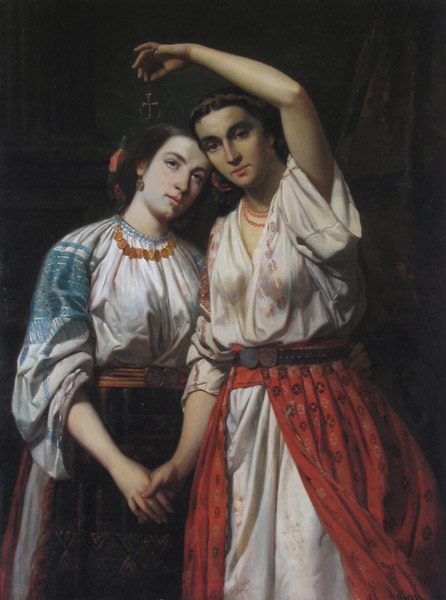|
Ioan Hudiță
Ioan Hudiță (August 1, 1896 – March 21, 1982) was a Romanian historian and politician. Born in Bogdănești, Baia County, he attended gymnasium at Fălticeni (1907–1911) and high school in Iași (1911–1914). He then entered Iași University, studying history and geography within the letters faculty, and in the law faculty. He earned two degrees: in law (1918) and in geography, letters and philosophy (1919). From 1919 to 1921, he taught at Bogdan Petriceicu Hasdeu High School in Chișinău. In 1927, he obtained a doctorate from the University of Paris, with a thesis about 17th-century relations between France and the Principality of Transylvania. He was associate professor of diplomatic history at Iași University from 1928 to 1935, as well as teaching at the Military High School. From 1935 to 1938, he was associate professor at the Academy of Higher-level Commercial and Industrial Studies in Bucharest. Teaching diplomatic history, he held a similar rank in the Universi ... [...More Info...] [...Related Items...] OR: [Wikipedia] [Google] [Baidu] |
Romania
Romania is a country located at the crossroads of Central Europe, Central, Eastern Europe, Eastern and Southeast Europe. It borders Ukraine to the north and east, Hungary to the west, Serbia to the southwest, Bulgaria to the south, Moldova to the east, and the Black Sea to the southeast. It has a mainly continental climate, and an area of with a population of 19 million people. Romania is the List of European countries by area, twelfth-largest country in Europe and the List of European Union member states by population, sixth-most populous member state of the European Union. Europe's second-longest river, the Danube, empties into the Danube Delta in the southeast of the country. The Carpathian Mountains cross Romania from the north to the southwest and include Moldoveanu Peak, at an altitude of . Bucharest is the country's Bucharest metropolitan area, largest urban area and Economy of Romania, financial centre. Other major urban centers, urban areas include Cluj-Napoca, Timiș ... [...More Info...] [...Related Items...] OR: [Wikipedia] [Google] [Baidu] |
Romanian Communist Party
The Romanian Communist Party ( ; PCR) was a communist party in Romania. The successor to the pro-Bolshevik wing of the Socialist Party of Romania, it gave an ideological endorsement to a communist revolution that would replace the social system of the Kingdom of Romania. After being outlawed in 1924, the PCR remained a minor and illegal grouping for much of the interwar period and submitted to direct Comintern control. During the 1920s and the 1930s, most of its activists were imprisoned or took refuge in the Soviet Union, which led to the creation of competing factions that sometimes came into open conflict. That did not prevent the party from participating in the political life of the country through various front organizations, most notably the Peasant Workers' Bloc. In 1934–1936, PCR reformed itself in the mainland of Romania properly, with foreign observers predicting a possible communist takeover in Romania. The party emerged as a powerful actor on the Romanian political ... [...More Info...] [...Related Items...] OR: [Wikipedia] [Google] [Baidu] |
1896 Births
Events January * January 2 – The Jameson Raid comes to an end as Jameson surrenders to the Boers. * January 4 – Utah is admitted as the 45th U.S. state. * January 5 – An Austrian newspaper reports Wilhelm Röntgen's discovery, last November, of a type of electromagnetic radiation, later known as X-rays. * January 6 – Cecil Rhodes is forced to resign as Prime Minister of the Cape Colony, Cape of Good Hope for his involvement in the Jameson Raid. * January 7 – American culinary expert Fannie Farmer publishes her first cookbook. * January 12 – H. L. Smith takes the first X-ray photograph. * January 16 – Devonport High School for Boys is founded in Plymouth (England). * January 17 – Anglo-Ashanti wars#Fourth Anglo-Ashanti War (1895–1896), Fourth Anglo-Ashanti War: British British Army, redcoats enter the Ashanti people, Ashanti capital, Kumasi, and Asantehene Agyeman Prempeh I is deposed. * January 28 – Walter Arnold, of E ... [...More Info...] [...Related Items...] OR: [Wikipedia] [Google] [Baidu] |
Observator Cultural
''Observator Cultural'' (meaning "The Cultural Observer" in English) is a weekly literary magazine based in Bucharest, Romania Romania is a country located at the crossroads of Central Europe, Central, Eastern Europe, Eastern and Southeast Europe. It borders Ukraine to the north and east, Hungary to the west, Serbia to the southwest, Bulgaria to the south, Moldova to .... The magazine was started in 2000. The weekly publishes articles on Romania's cultural and arts scene as well as political affairs. See also * List of magazines in Romania References External links ''Observator Cultural'' online 2000 establishments in Romania Magazines established in 2000 Magazines published in Bucharest Romanian-language magazines Literary magazines published in Romania Weekly magazines published in Romania {{Romania-lit-mag-stub ... [...More Info...] [...Related Items...] OR: [Wikipedia] [Google] [Baidu] |
Mislea Prison
Mislea Prison was a prison located in Scorțeni, Prahova, Mislea, Prahova County, Romania. History Founding The prison was established in 1869 on the site of the .Muraru, p. 395 Founded in 1536–1537 by Radu Paisie, List of rulers of Wallachia, Prince of Wallachia, the ex-monastery is located on the banks of the Mislei, Mislei River, close to where it reaches the Telega (river), Telega River, in between Câmpina and Ploiești. The compound has a quadrangular shape, being fortified with high walls, supported on strong buttresses; it includes the defense tower, the bell tower at the entrance, and the cells, built on vaulted cellars. Early 20th century The prison housed minors until 1924, when it became a women's prison. That year, three workshops were opened, for weaving, carpet-making and clothes-making. The women were common criminals as well as political prisoners placed in a special section: spies, Iron Guard affiliates and Romanian Communist Party activists. Liuba C ... [...More Info...] [...Related Items...] OR: [Wikipedia] [Google] [Baidu] |
Memorial Of The Victims Of Communism And Of The Resistance
The exterior of the Sighet Memorial Museum in Sighetu Marmației The Memorial of the Victims of Communism and of the Resistance () in Romania consists of the Sighet Museum (often confused with the Memorial), located in the city of Sighetu Marmației, Maramureș County, and the International Centre for Studies into Communism, located in Bucharest. International Centre for Studies into Communism The Centre was founded in 1993 by Ana Blandiana and . Created and administered by the Civic Academy Foundation, it is an institute of research, museography and education. Sighet Memorial Museum The museum was created by the Centre for Studies into Communism out of the remnants of the former Sighet Prison in 1993. The restoration of the prison building was completed in 2000. Each prison cell became a museum room, which together presented the chronology of the totalitarian system in Communist Romania. In 1998, the Council of Europe identified the Sighet Memorial as one of the main si ... [...More Info...] [...Related Items...] OR: [Wikipedia] [Google] [Baidu] |
Mihnea Berindei
Mihnea Berindei (22 March 1948 – 19 June 2016) was a Romanian-born French historian. He was born in Bucharest, the son of historian Dan Berindei, and studied at the Faculty of History of the University of Bucharest from 1966 to 1970. Under the guidance of , he learned old Turkic and became interested in the study of the Ottoman Empire. He went to Turkey to find documentation, and then went to Paris, where he studied at the École pratique des hautes études, graduating in 1972. After the Romanian Revolution of 1989, Berindei was instrumental in the creation of the Group for Social Dialogue. After 2000, he participated in the restitution for historians of the archives of the Romanian Communist Party and was a member of the Presidential Commission for the Study of the Communist Dictatorship in Romania. On 22 June 2016, Romanian President Klaus Iohannis Klaus Werner Iohannis (; ; born 13 June 1959) is a Romanian politician, physicist, and former teacher who served as the fif ... [...More Info...] [...Related Items...] OR: [Wikipedia] [Google] [Baidu] |
Dan Berindei
Dan Berindei (3 November 1923 – 23 December 2021) was a Romanian historian. He was a titular member of the Romanian Academy from 1992 until his death. Biography A descendant of Prince Constantin Brâncoveanu, he was born in Bucharest on 3 November 1923. After attending the Clemența School, Berindei completed his secondary education at the . He then studied history at the University of Bucharest, graduating in 1945. In February 1945 he married Ioana Berindei (1922–2008), the daughter of historian and politician . The two had a son, noted historian Mihnea Berindei (1948–2016). Their daughter, Ruxandra, was born in 1951 at Văcărești Prison, while her mother was incarcerated there by the communist authorities; Berindei only saw his daughter after 11 months, while her mother was still detained at Mislea Prison. He obtained a doctorate in history from the University of Bucharest in 1969, with thesis "Orașul București, reședință și capitală a Țării Românești (14 ... [...More Info...] [...Related Items...] OR: [Wikipedia] [Google] [Baidu] |
Alexandru Ioan Cuza
Alexandru Ioan Cuza (, or Alexandru Ioan I, also Anglicised as Alexander John Cuza; 20 March 1820 – 15 May 1873) was the first ''domnitor'' (prince) of the Romanian Principalities through his double election as List of monarchs of Moldavia#Post-Phanariote period, Prince of Moldavia on 5 January 1859 and List of princes of Wallachia#Post-Phanariote period, Prince of Wallachia on 24 January 1859, which resulted in Unification of Moldavia and Wallachia, the unification of the two states. He was a prominent figure of the Moldavian Revolution of 1848. Following his double election, he initiated a series of liberalism, liberal and progressivism, progressive reforms that contributed to the modernization of Romanian society and of state structures. As ruler of the Romanian Principalities, he supported a political and diplomatic activity for the recognition of the union of Moldavia and Wallachia by the suzerain Ottoman Empire and achieved constitutional and administrative unity betw ... [...More Info...] [...Related Items...] OR: [Wikipedia] [Google] [Baidu] |
Capitulations Of The Ottoman Empire
Capitulations of the Ottoman Empire were contracts between the Ottoman Empire and several other Christian powers, particularly France. Turkish capitulations, or Ahidnâmes were generally bilateral acts whereby definite arrangements were entered into by each contracting party towards the other, not mere concessions. The Turkish capitulations were grants made by successive sultans to Christian nations, conferring rights and privileges in favour of their subjects resident or trading in the Ottoman dominions, following the policy towards European states of the Byzantine Empire. According to these capitulations traders entering the Ottoman Empire were exempt from local prosecution, local taxation, local conscription, and the searching of their domicile. The capitulations were initially made during the Ottoman Empire's military dominance, to entice and encourage commercial exchange with Western merchants. However, after military dominance shifted to Europe, significant economic ... [...More Info...] [...Related Items...] OR: [Wikipedia] [Google] [Baidu] |
United Principalities
The United Principalities of Moldavia and Wallachia (), commonly called United Principalities or Wallachia and Moldavia, was the personal union of the Moldavia, Principality of Moldavia and the Wallachia, Principality of Wallachia. The union was formed on when Alexandru Ioan Cuza was elected as the ''Domnitor'' (Ruling Prince) of both principalities. Their separate autonomous vassalage in the Ottoman Empire continued with Unification of Moldavia and Wallachia, the unification of both principalities. On , Moldavia and Wallachia formally united to create the Romanian United Principalities, the core of the Romanian nation state. In February 1866, Prince Cuza was forced to abdicate and go into exile by a political coalition led by the Liberals; the German prince Carol I of Romania, Karl of Hohenzollern-Sigmaringen was offered the Throne and, on he entered Bucharest for the first time. In July the same year, a 1866 Constitution of Romania, new constitution came into effect, giving th ... [...More Info...] [...Related Items...] OR: [Wikipedia] [Google] [Baidu] |
France–Romania Relations
French-Romanian relations are bilateral foreign relations between France and Romania. Diplomatic relations between the two countries date back to 1880, when mutual legations were opened, although contacts between France and Romania's precursor states stretch into the Middle Ages. Both countries are full members of the Council of Europe, the European Union and NATO. Since 1993, Romania is a member of the Francophonie. France has given full support to Romania's membership in the European Union and NATO. History The first contacts between the Romanians and the French started in the late 14th century, when the French knights led by John of Nevers participated in the Battle of Nicopolis alongside Voivode Mircea the Elder and his soldiers. 16th - 18th centuries Between 1579 and 1583, King Henry III supported Petru Cercel in his bid for the Wallachian throne. During the 17th and 18th centuries, the relations between the French and the Romanians intensified due to the numerous Fren ... [...More Info...] [...Related Items...] OR: [Wikipedia] [Google] [Baidu] |


